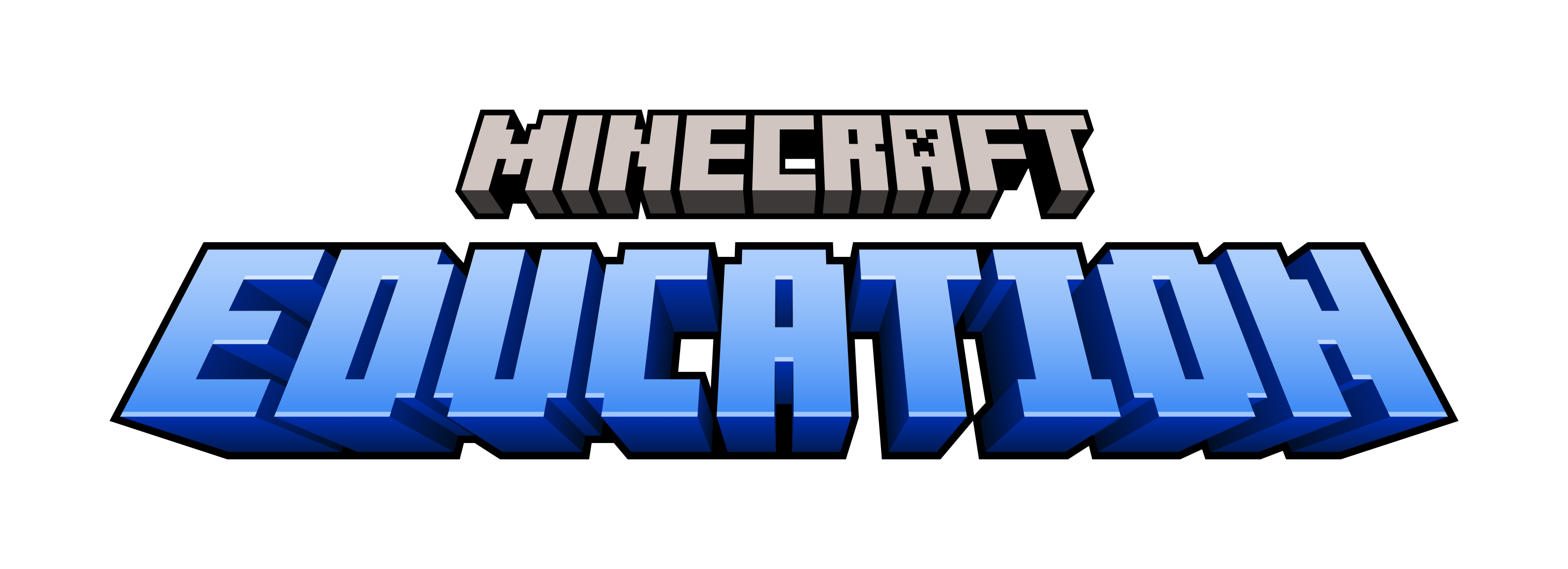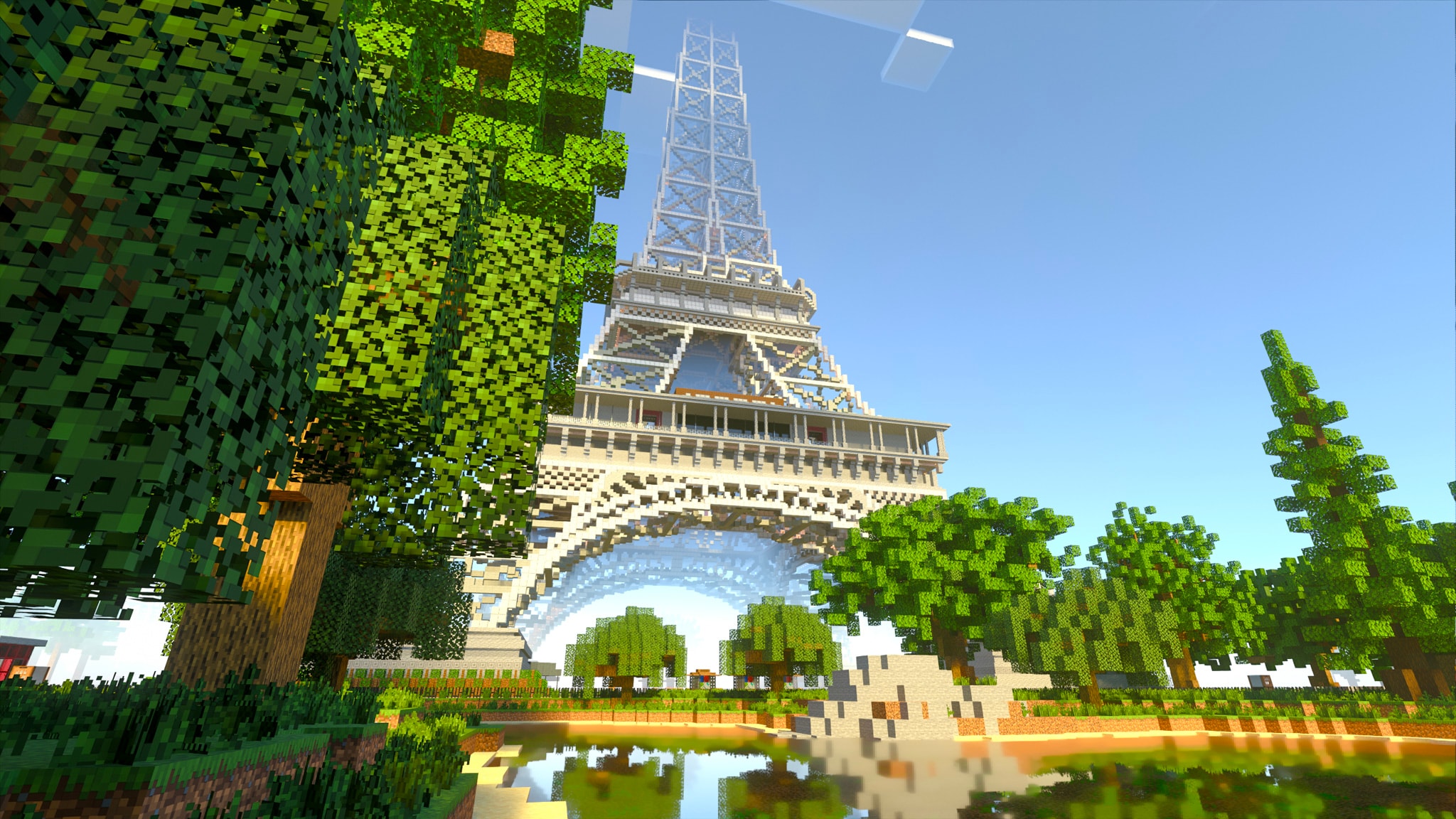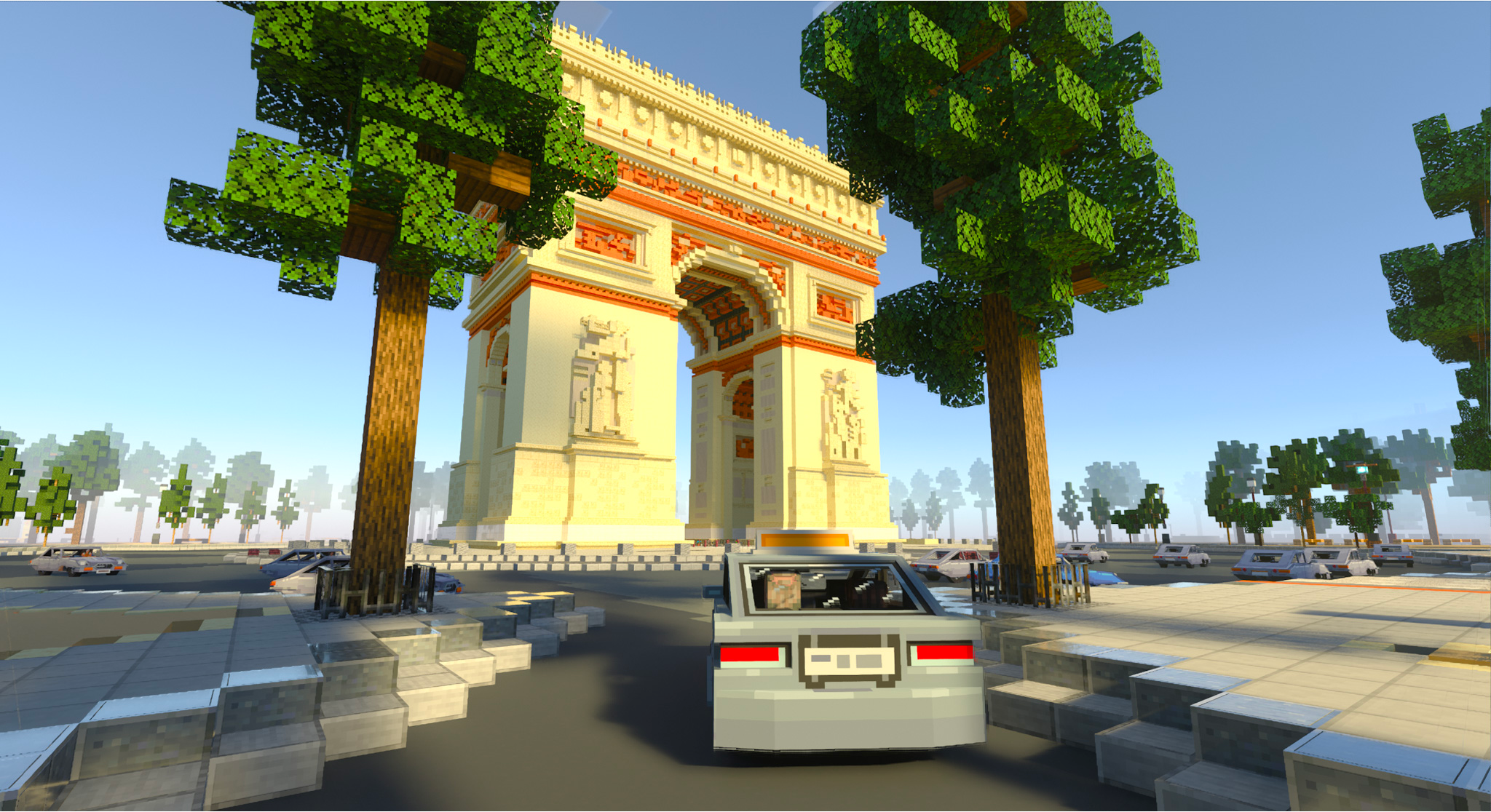An estimated 3.2 billion people around the world play video games regularly[1] and Gen Z – the generation entering the workforce now – has grown up with gaming. And many have been loyal to Minecraft for a decade or more, making it the longest-running game ever – testament to its amazing qualities and its ability to constantly evolve.
Which means Gen Z is very comfortable in the virtual world: half expect to be doing some of their work virtually in the coming years, and 71% see themselves socializing in game worlds without actually gaming.[2]
This presents a massive opportunity to design compelling workplace experiences, not just for companies, but also for their clients.
And what better place to do this than on the Minecraft platform, which already offers a highly flexible and easy-to-use environment, and can be adapted to multiple uses. Using Minecraft Education to deliver workplace training avoids the need to invest in costly new and unproven platforms – and provides opportunities to continually innovate and introduce new learning content.
By taking the power of Minecraft into a corporate learning environment, we can unleash its immense educational potential, to tell stories, solve problems, and build teamwork and communications skills – all essential capabilities for a modern workplace.





